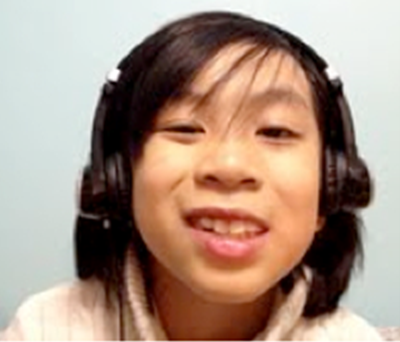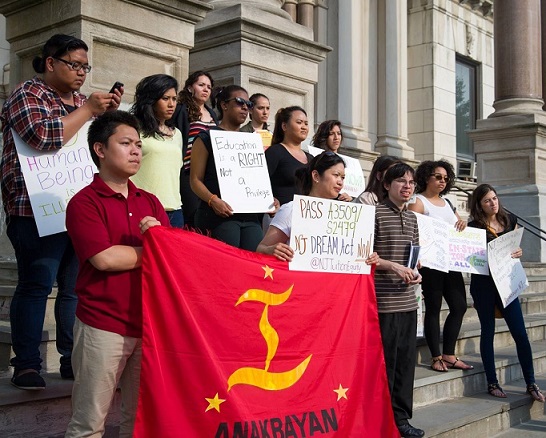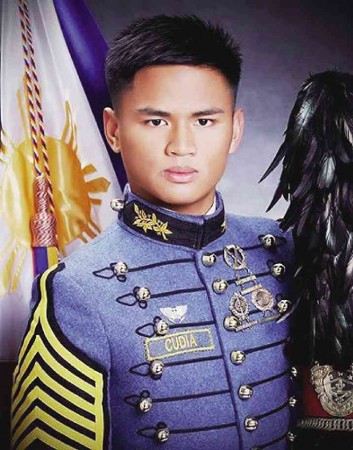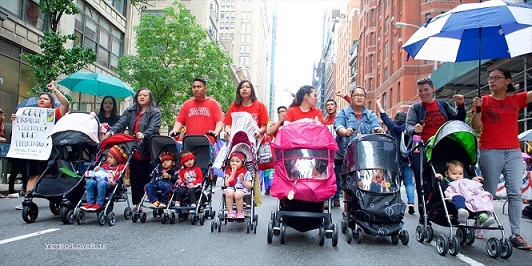When brown people go missing
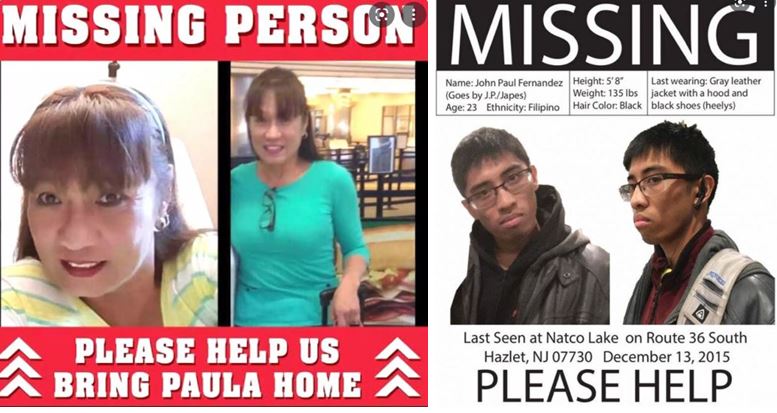
The FilAm Editorial
The contrast is striking. It is also disturbing.
When Gabby Petito went missing, the media coverage went rapidly into overdrive and resembled the feeding frenzy of sharks.
For clickbait and media ratings, it was impossible to ignore. A pretty, 22-year-old white woman disappeared while on a road trip in a van with her fiancé. The “person of interest” is the fiancé, Brian Laundrie, who apparently has a hair-trigger temper. Her remains were found in a desolate area of Wyoming eight days after she was reported missing by her family. The hunt for Laundrie, who had also vanished, took on the breathless quality of a true crime drama.
For observers, the immediate and starkly noticeable fact is how Petito’s case drew blanket coverage while cases of people of color who went missing get little notice. Some cases are given short, perfunctory attention by the authorities until the investigation turns cold.
In the Filipino American community, two missing cases that attracted modest attention are now relegated to “cold cases.” One, John Paul Fernandez, a Seton Hall student from New Jersey, went missing in December 13, 2015. He has been the victim of bullying from high school all the way to college, according to his family. He was a Seton Hall scholar, majoring in Accounting, and was due to graduate in May of 2016. The police did a helicopter search around Natco Lake, a fishing site in Monmouth County, and found no signs of him. They actually offered the ‘suicide’ theory because a suicide note was found. The family disputed the theory because no body had turned up. After a couple of months, the police made a decision to end the search until new evidence emerges.
Two, Paula del Mundo, a transwoman from Tampa, Florida, went missing on September 15, 2019, at the Dallas Fort Worth International Airport in Texas. She was last seen inside the airport premises and not in some vast remote campground.
She was at the airport to get on a connecting flight to Cozumel in Mexico where she had planned to go on vacation. In her last text message to her sister, Paula said she decided to abandon her travel plans and asked her to purchase a return ticket to Tampa. Within hours, she could no longer be reached when a sister tried to call her for her flight details. It would be the beginning of a lingering nightmare for Paula’s sisters.
Paula’s sisters were grateful for the assistance of the DFW Airport Public Safety unit who did their own search. An all-volunteer group called the Community United Effort (CUE) Center for Missing Persons volunteered to help with the use of K9 dogs, motorized boats, aerial video cameras, and other search tools. Support also came from some LGBTQ activists from Malaya Movement.
Sister Yolanda del Mundo said the difference between Gabby and Paula’s cases is that “Media actively covered the news compelling both the authorities and the public to step into the picture. There was pressure to respond immediately to the case. Gabby Petito’s case was easily resolved.”
We are not saying law enforcement has dropped the ball in these two cases. There are valid reasons for terminating investigations where no new evidence has emerged and when human and other resources are somewhat limited.
When attention is laser-focused on a missing white girl, what does that say of others who have vanished? Are their stories not as interesting, not as valid or not as worthy of our concern as a society?

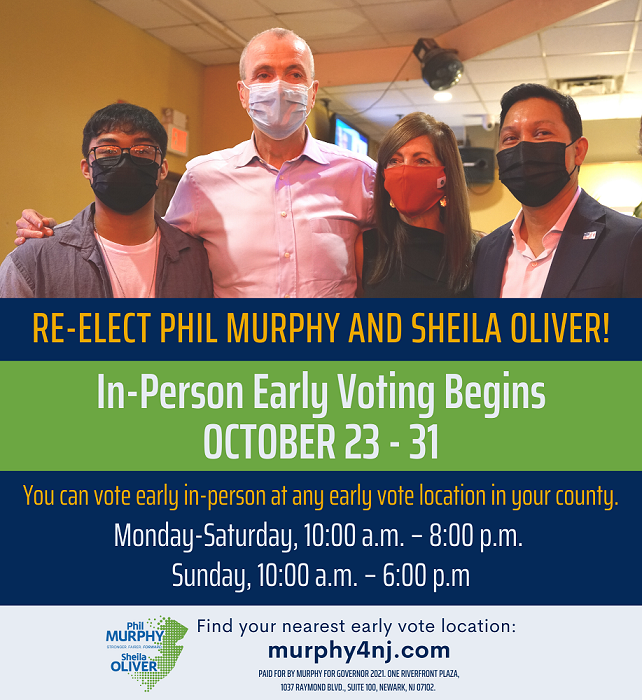
© The FilAm 2021


